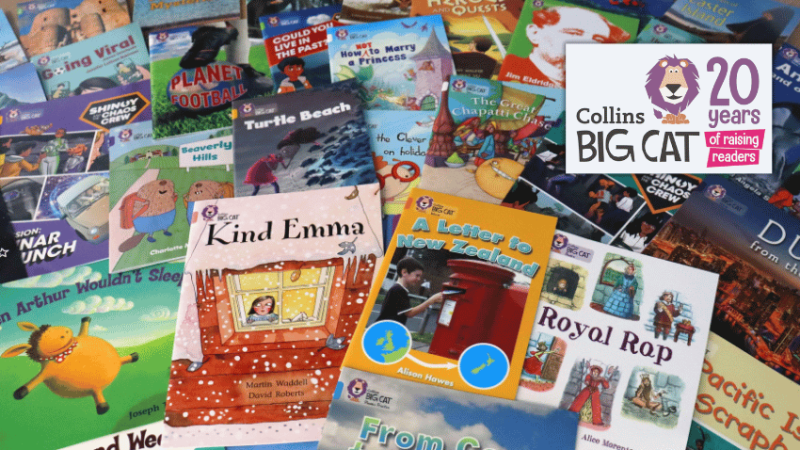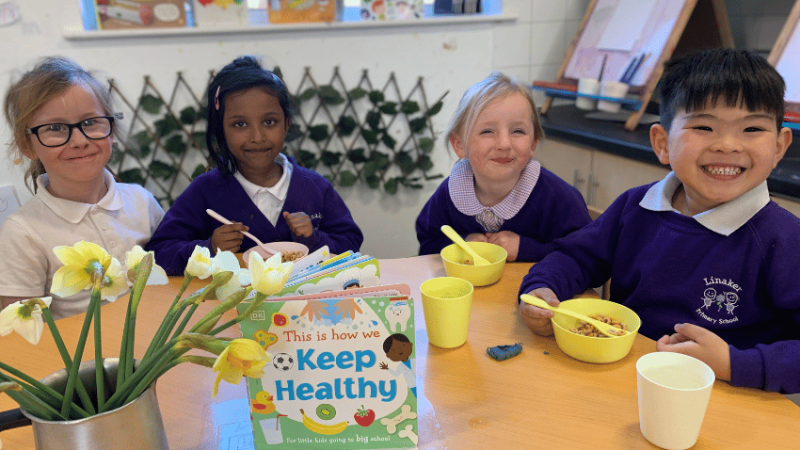Reading for pleasure research – How to find out pupils’ views on what entices them to read

Inform your practice by using creative methods to seek out pupils’ views on what entices them to read for pleasure, says Dr Geraldine Magennis…

Picture this: an alien visiting from Mars lands in your classroom and asks you, “What is this thing called ‘reading for pleasure’ all about?”
How do you answer? Not sure? Who do you ask? Your pupils, of course! After all, they’re the ones you are trying to instil a love of reading in, so they should have some very interesting insights to share.
Using creative methods to seek out your pupils’ views on what entices or disincentivises them to read voluntarily can produce some very worthwhile information that you can use to shape your practice.
So how do you go about getting authentic information from your pupils who, no doubt, are eager to please you? In one case study, a teacher resolved this by asking her Y4 pupils to express their views via regular class activities.
This approach is based on Lundy’s pupil voice model (2007). Lundy asserts that if children are given space, voice, audience and influence to express their views, then meaningful data can result.
First of all, the teacher took a general gauge of pupils’ views on reading by reconfiguring a recognised reading attitude questionnaire into a cartoon strip.
The main character asking the questions was Dino the dinosaur. The difference in engagement between the pilot and final version of this questionnaire was eye-opening. It’s amazing how a fictional character can draw out honest answers from children.
Next, a random sample of six pupils was selected to participate in an array of interactive tasks to reveal why they did or didn’t read for pleasure.
The teacher created a short animation to introduce Ali the alien. Just like with the dinosaur, the pupils connected immediately with the character and began eagerly educating their new alien friend.
To ensure that a comprehensive range of opinions were collected, pupils were asked to express themselves using a mixture of materials and media while being guided through a succession of focus group discussions, art-based activities and journal-writing tasks.
These included crafting a letter to Ali describing what is meant by ‘reading’, placing written statements in order of priority regarding the purpose of reading, and depicting what a reader and non-reader looks and behaves like via annotated illustrations.
A particularly fun and revealing activity involved pupils pictorially representing how they feel about reading with others. This was couched via a question about who their ideal reading partner would be if they went in a rocket to Mars, and why. Spoiler alert: parents and teachers didn’t fare very well.
Additional tasks included the creation of posters and letters to Ali explaining how reading impacts everyday life, labelling collages that outlined the unique and individual factors that encourage children to read for leisure, and the completion of thought clouds on photographs of themselves reading.
Trending
It may seem daunting to try something like this in your own classroom, especially since you might receive sharp truths about some of your provision.
However, don’t be deterred; you are also likely to be very pleasantly surprised. Celebrate the fact that you are establishing a unique way of communicating with your pupils which has the potential to inform your practice in subtle but powerful ways.
Having invited them into the process, be sure to follow up with any reasonable changes that honour their views. What better way to show them that their voices matter?
What Ali the alien learnt about reading for pleasure
- It’s a social thing
Children (particularly boys) enjoy library time but want to talk aloud with their friends about the pictures and fun bits. Organise one or two sessions across the term where the usual rule on silence is relaxed.
Connecting with content is essential. Allowing pupils to help choose class or library texts facilitates this.
Adults are really influential when it comes to motivating children to read for pleasure. Share your love of reading unashamedly and often. Model how an enthusiastic reader commits to and cultivates their love of reading.
An overemphasis on phonics instruction to the detriment of comprehension and enjoyment can drain the fun out of reading. The pupils in this study thought that reading was either about code-breaking or meaning-making, rather than a healthy blend of the two.
Children parrot their parents’ perceptions of what reading entails. Share with parents the importance of reading for pleasure and how this might best be achieved alongside supporting formal instruction.
Dr Geraldine Magennis is a senior lecturer in education and literacy at St Mary’s University College in Belfast. Thank you to Gemma Fitzpatrick who wrote her M Ed dissertation on this topic.











